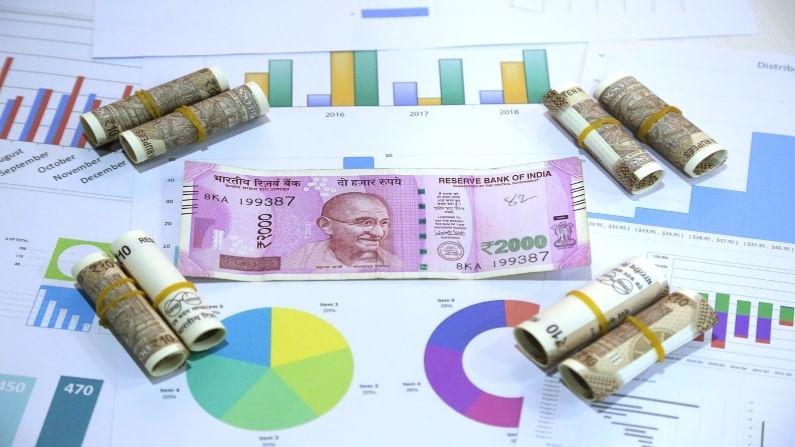Premature exit from NPS: You will get only 20% if corpus exceeds this amount
This new rule of premature exit applies to both government and private sector subscribers.

The National Pension System (NPS) is one of the most balanced pension investment options in the market. It has both the options to invest in equity and the debt market that makes the returns both healthy and stable. But Pension Fund Regulatory and Development Authority (PFRDA) has recently come out with a new exit rule from NPS, according to which anyone exiting NPS prematurely will be eligible to get only 20% of the accumulated wealth subject to the limit of more than Rs 2.5 lakh. The rest would be utilised for buying annuity. Money9 brings premature exit options from NPS.
80:20 premature exit
80:20 rule of premature exit applies to both government and non-government sector subscribers of NPS joining between 18-60 years of age. However, in the case of non-government sector, the person should be a subscriber for 10 years, and then only he/she is eligible to get the benefits.
According to a PFRDA circular dated September 21, 2021, if the corpus is equal to or below Rs 2.5 lakh, then the full amount will be paid as a lump sum to the subscriber. Otherwise, 20% of the total amount would be paid as lump sum and rest would be paid as monthly pension.
For example, if you have a corpus of Rs 10 lakh and you opt for a premature exit, then, you are able to withdraw only Rs 2 lakh as lump sum. The rest 8 lakh would be utilised to pay annuities and a monthly pension till the rest of the person’s life.
Normal exit
Normal exit from NPS is allowed at the age of 60 or above. So, premature exit rules will be applicable for anyone planning to exit before 60 years of age from NPS.
In normal exit, the full amount can be withdrawn as a lump sum if the corpus is less than or equal to Rs 5 lakh. If the corpus is above Rs 5 lakh, then at least 40% of the accumulated corpus of the subscriber has to be used for the purchase of an annuity. That would be paid as monthly pension later on.
The rest 60% can be withdrawn as a lump sum at a single time. Suppose you have a corpus of Rs 20 lakh. You are then eligible to withdraw a maximum up to Rs 12 lakh and the rest Rs 8 lakh would be pay as monthly pension.
Exit due to death
If a government subscriber dies before the age of 60, then full amount would be payable to the nominees/legal heirs if the corpus is less than or equal to Rs 5 lakh. However, if the corpus is above Rs 5 lakh, then at least 80% of the accumulated pension wealth of the subscriber has to be utilised towards annuities to dependents and the balance 20% is paid as a lump sum to the nominee/legal heir.
If the individual has Rs 10 lakh in his/her NPS account, then Rs 2 lakh would be paid immediately. The rest Rs 8 lakh would be used to buy annuity and monthly pension would be paid to the dependents.
On the other hand, if an individual subscriber dies before the scheme is encashed (ie, before he/she turns 60), his/her nominee/legal heir can withdraw the full amount accumulated in the NPS account. There would be no option for annuity or monthly pension after the death of the subscriber, PFRDA said in a statement.

